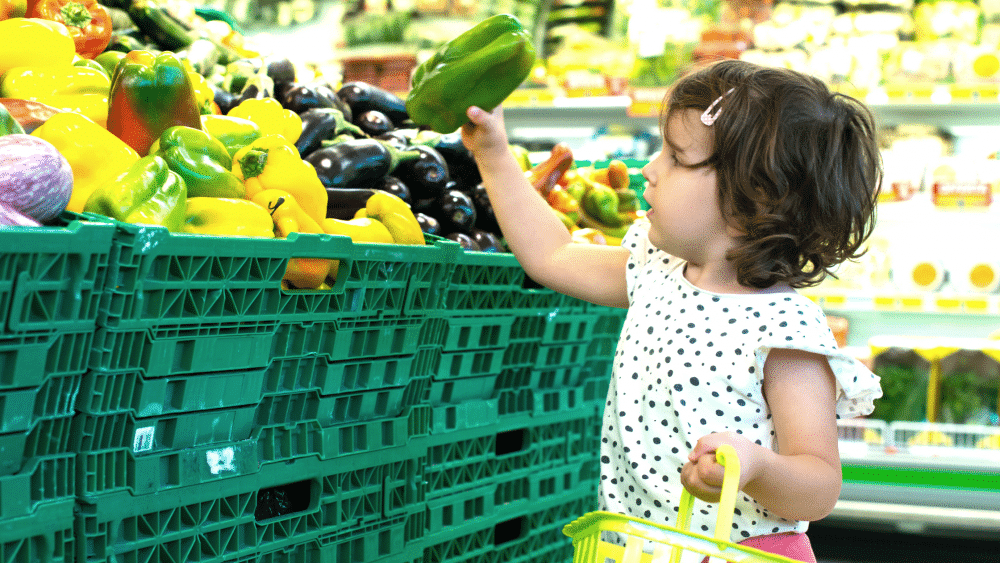
Math can be a tricky subject to get excited about. I hear groans and complaints from time to time when I suggest that it’s math time. Sometimes we have to get sneaky about teaching math. If you’re following along with our Singapore Math video series I encourage you to look ahead at the lessons and store all those fun activities in your memory bank to draw from. If you aren’t using our math videos, that’s okay too. These tips for sneaking in math lessons will still be helpful. So, let’s go!
- The kitchen is a great place to present math learning. Beyond using measuring spoons and cups (which I highly suggest when learning about measuring capacity and fractions), think about the food itself. Maybe for dinner you’re having a family pizza night. In our house, this means pizza dough from Trader Joe’s with all the toppings and cheese you can imagine. I present two toppings (let’s say olives and pepperoni) and I tell my son, “one my half of the pizza I only want a total of ten pepperonis and olives. So you can make any combination of olives and pepperoni as long as it equals to 10.” You can do this with any number of combinations, any toppings. You can also use this same idea at the grocery store. “I need a total of 8 lemons and limes. Please make sure there are at least three limes.” Easy right? Use this idea and look for opportunities to work it into your everyday life.
- The gas station! The gas station is a great place to talk about rounding numbers up high and low. You can also practice multiplication skills here. Round the gas price to the nearest dollar and tell your kids you “need four gallons of gas, about how much should I expect to spend?”
- Make dinner on a budget. I love handing my kids $20 and telling them, “Let’s see if we can buy everything we need to make dinner tonight with this $20 bill.” I guide this a little bit by giving them a few things we already have at home like pasta noodles or rice. Not only is this a great idea for practicing math skills, but it’s a great life skill to develop.
- Do the laundry. From the age of 7 and on, my kids are doing their own laundry. I teach them step-by-step how to do their own laundry. I also give them gentle reminders to get their laundry done here and there so they don’t run out of clean clothes to wear, and laundry time is also an opportunity to talk about measurements. This will depend on your washing machine, but I point out that using tablespoons and ½ or ⅓ cups just aren’t for baking. The laundry detergent often comes with its own measuring device so make sure to use it.
There are numerous ways to work math learning into your day, and you’re probably already doing some of them. Getting your kids involved in everyday tasks not only allows them time to practice their math skills but gives them a sense that they are contributing to the family. Giving up some of the control as parents can sometimes be hard for us, but when we do we have some really great opportunities to teach kids independence through practicing math. Math learning is always more fun when kids can understand the practical value of having math skills – these are real-life skills that will come in handy all the time!